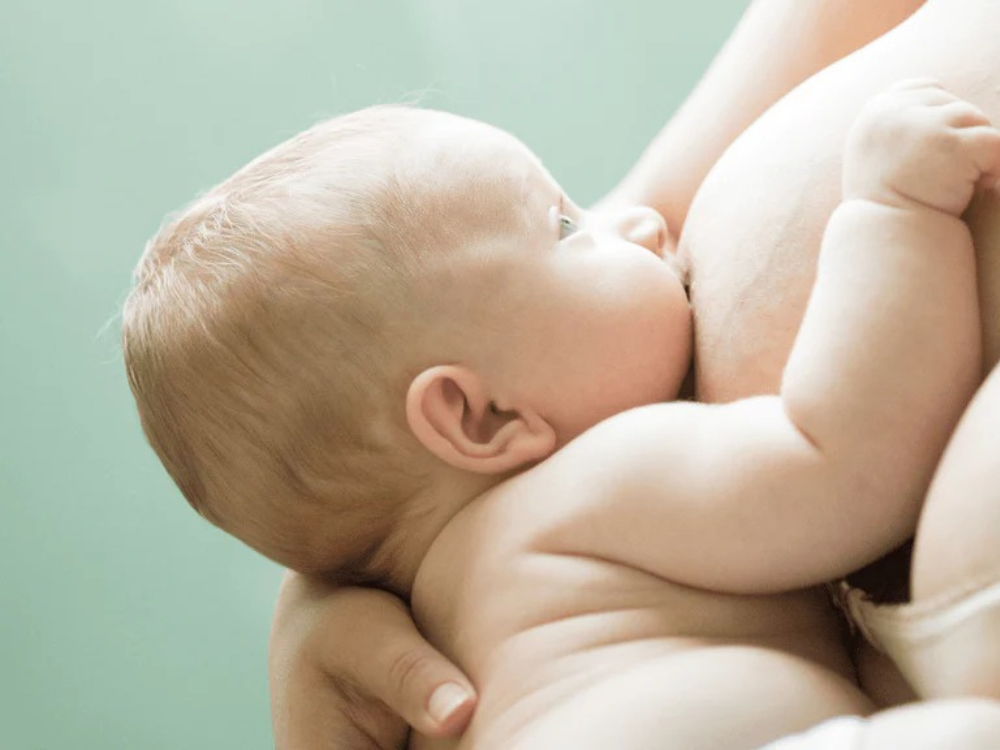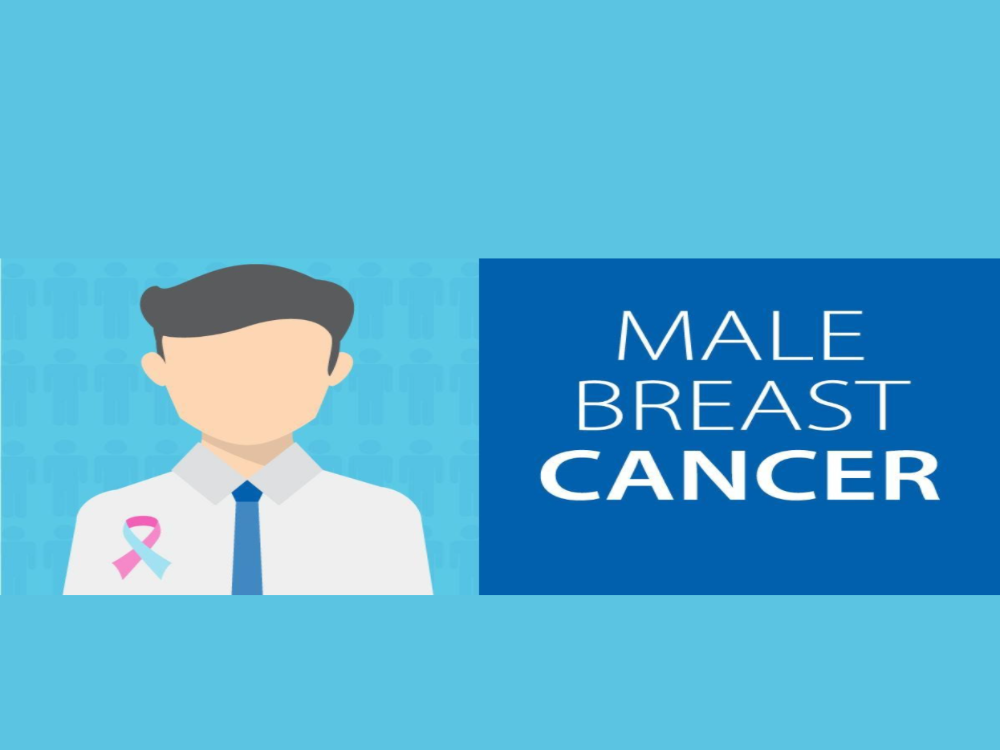Amongst the many cases of cancer detected every year, breast cancer is a common form of malignant cancer, detected in women. Give Hope, Save Lives, has laid down the right emphasis on why every adult female, irrespective of age, should undergo periodic screenings, to rule out breast cancer.
Early detection of breast cancer gives enough time to your healthcare provider to adequately treat the disease. Breast cancer found in women during regular screenings tends to be localized to just the breast/s and are smaller in size. On the other hand, for women who display symptoms of the disease, the cancer tends to be at a more advanced stage and more spread out.
Some Risk Factors for Breast Cancer
- Age. The chance of getting breast cancer increases as women age. Nearly 80 percent of breast cancers are found in women over the age of 50.
- Personal history of breast cancer. A woman who has had breast cancer in one breast is at an increased risk of developing cancer in her other breast.
- Family history of breast cancer. A woman has a higher risk of breast cancer if her mother, sister or daughter had breast cancer, especially at a young age (before 40). Having other relatives with breast cancer may also raise the risk.
- Genetic factors. Women with certain genetic mutations, including changes to the BRCA1 and BRCA2 genes, are at higher risk of developing breast cancer during their lifetime. Other gene changes may raise breast cancer risk as well.
- Childbearing and menstrual history. The older a woman is when she has her first child, the greater her risk of breast cancer. Also at higher risk are:
- Women who menstruate for the first time at an early age (before 12)
- Women who go through menopause late (after age 55)
- Women who’ve never had children
Symptoms and Signs
1. A Change In How The Breast Or Nipple Looks Or Feels
- Nipple tenderness or a lump or thickening in or near the breast or underarm area
- A change in the skin texture or an enlargement of pores in the skin of the breast (some describe this as similar to an orange peel’s texture)
- A lump in the breast (It’s important to remember that all lumps should be investigated by a healthcare professional, but not all lumps are cancerous.)

2. A Change In The Breast Or Nipple Appearance
- Any unexplained change in the size or shape of the breast
- Dimpling anywhere on the breast
- Unexplained swelling of the breast (especially if on one side only)
- Unexplained shrinkage of the breast (especially if on one side only)
- Nipple that is turned slightly inward or inverted
- Skin of the breast, areola, or nipple that becomes scaly, red, or swollen or may have ridges or pitting resembling the skin of an orange

3. Any Nipple Discharge—Particularly Clear Discharge Or Bloody Discharge
It is also important to note that a milky discharge that is present when a woman is not breastfeeding should be checked by her doctor, although it is not linked with breast cancer. Let your doctor know about any nipple discharge, clear, bloody or milky. The most concerning discharges are bloody or clear.
Breast Pain And Causes
- Puberty in girls and sometimes for boys, too
- Menstruation and premenstrual syndrome (PMS)
- Pregnancy – more often during the first trimester
- Days following childbirth as milk comes in Breastfeeding Mastitis, which is caused by a milk duct that is not properly draining and becomes infected, should be treated. It has no correlation with cancer, but it can become a serious infection if left untreated.
- Menopause
- A breast abscess, which is an infection inside of the breast, similar to a boil.
- A benign cyst




